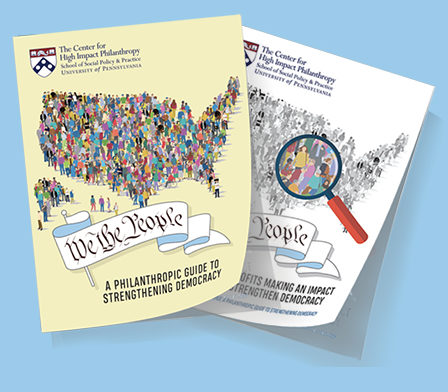A number of civil society and academic organizations have launched projects that measure the health of democracies across the world. We analyzed eight of the most widely-used indices for measuring democratic health. These projects not only offer ways to benchmark the strength of a democracy, but also insights into different ways of breaking democracy into component parts. The indices vary greatly in their approaches, consisting of as few as two individual indicators and as many as 450. Taken together they comprise a combination of quantitative assessments like the distribution of seats in the national legislature among political parties, and qualitative judgements like whether safeguards against corruption are effective. Aggregating these indicators into an index is a subjective exercise, recruiting the judgements of experts to identify which metrics to include and how to weight each appropriately. The table below illustrates the main components of three of the most referenced indices.
CHIP’s “We the People: A Philanthropic Guide to Strengthening Democracy” creates a framework for anyone looking to strengthen the democratic system.
Examples of how democracy is framed and measured
Index
Components
Freedom House
• Elections
• Participation
• Functioning of Government
• Free Expression
• Organizational Rights
• Rule of Law
• Individual Rights
Economist Intelligence Unit
• Elections
• Participation
• Functioning of Government
• Political Culture
• Civil Liberties
V-Dem
• Elections
• Participation
• Deliberation
• Egalitarianism
• Liberalism (individual rights)
We highlight these because their subindices align well with our criteria for broad and actionable framework. We also analyzed the Human Freedom Index, Polity IV, World Governance Indicators, Democracy Barometer, and Vanhanen’s Polyarchy index.

